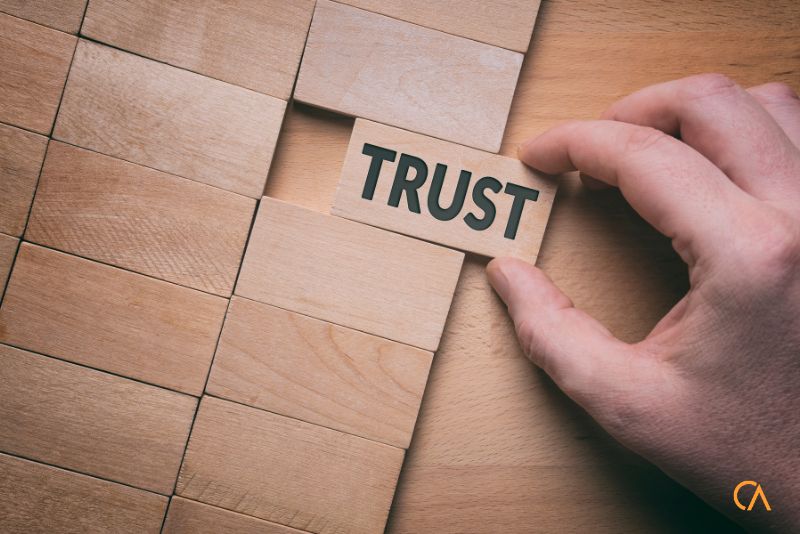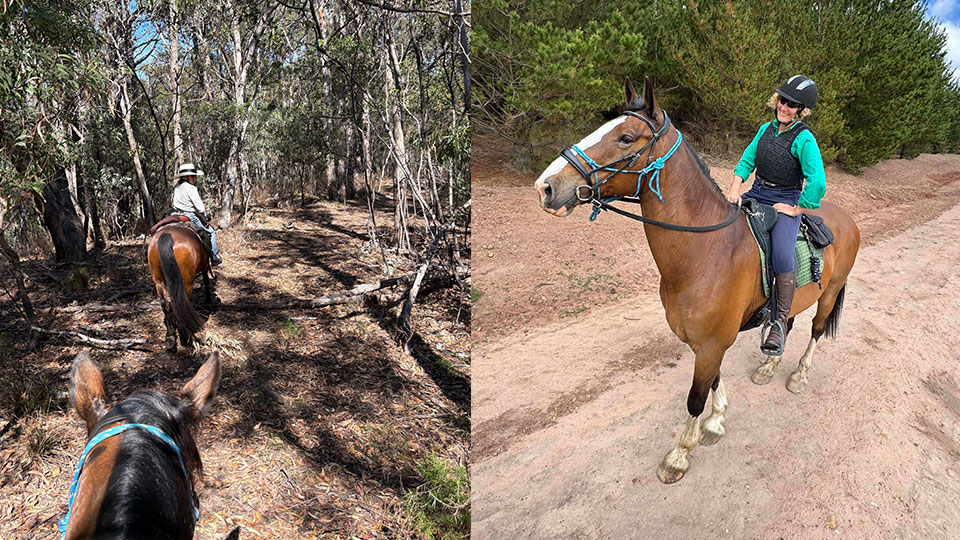
We all agree that trust is important in a leadership team (and probably in all teams!), but sometimes we struggle to know how to build it.
Here are three strategies to build trust. You could make one your ‘trust trial’ and begin today.
Choose one to focus your attention on. Play lightly and with curiosity.
- Show vulnerability. Trust is not the precursor to vulnerability. Vulnerability is the precursor to trust. Where could you show vulnerability within this team?Possibilities include:
- Share something about yourself that helps others ‘know’ you and your backstory. You might be surprised at what others will disclose in response, and what common ground you might uncover to use to build trust.Speak out when you are missing knowledge, don’t understand the logic someone is using, or are not making sense of a plan that others seem to be endorsing. Ask an open question that demonstrates you want to build understanding.
- Declare it when you don’t have the answer and/or are not confident about the way forward and involve others in jointly identifying options. This enables others to be more open and creates a learning environment.
- Be careful here that you aren’t tricking yourself. You are not being vulnerable if this self disclosure doesn’t make you feel at least a little uncomfortable!
- Oversharing is not showing vulnerability either. It’s simply oversharing! This happens when you divulges personal information or emotion to the extent that it becomes uncomfortable or distracting for others.
- Intentionally build relationships with your peers. While it can be tempting to focus on the technical aspects of the work and minimise the focus investment in personal relationships on an executive team, this won’t serve you. Strong relationships generate oxytocin, which contributes to trust. Neuroscience experiments show that when people build social networks at work, their performance improves. **
- Deconstruct trust in a specific situation. Consider a particular relationship where you could say ‘I don’t trust her’. Think about the major contributors to trust (see my blog ‘So you think you are trustworthy’) and consider which one is at play here: care, sincerity, reliability or competence. With a deeper understanding of the situation, what conversation could you initiate with that person to build trust?
What have you noticed?
What have you learned from a trust experiment? How will you apply that learning as you are building greater trust?
Go Fearlessly – Corrinne
PS My White Paper ‘The Power of Trust in Fearless Leadership’ is the go-to document for further insights on building trust and Fearless Leadership. Download your complimentary copy here.
** Zak, PJ 2017, The Neuroscience of Trust: Management Behaviors that Foster Employee Engagement, https://hbr.org/2017/01/the-neuroscience-of-trust
STAY IN THE LOOP





